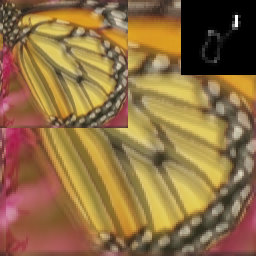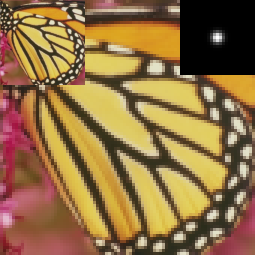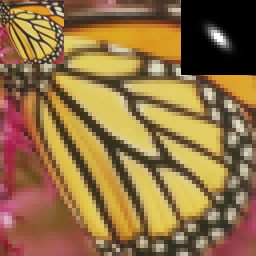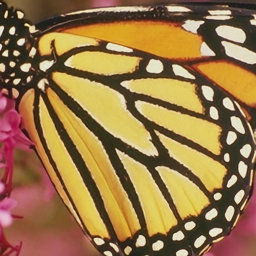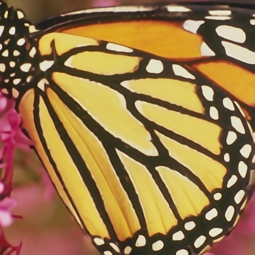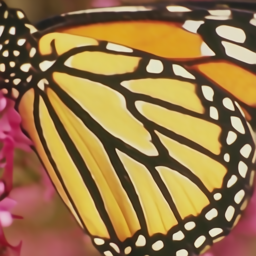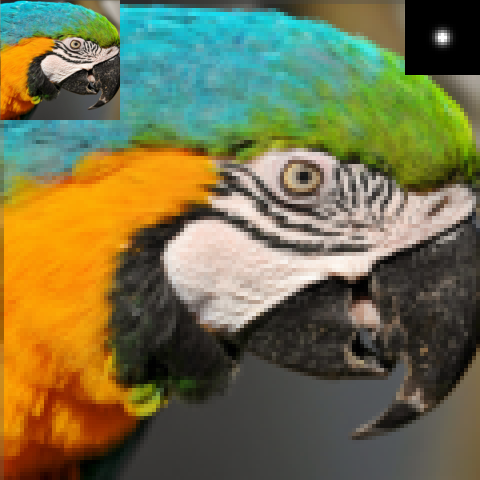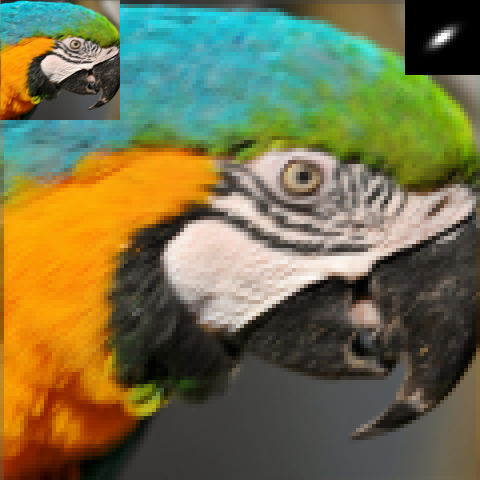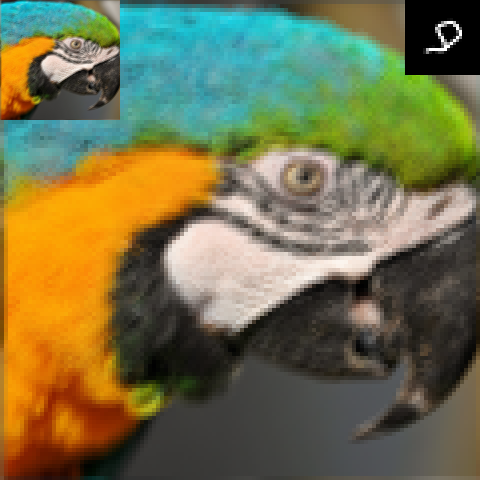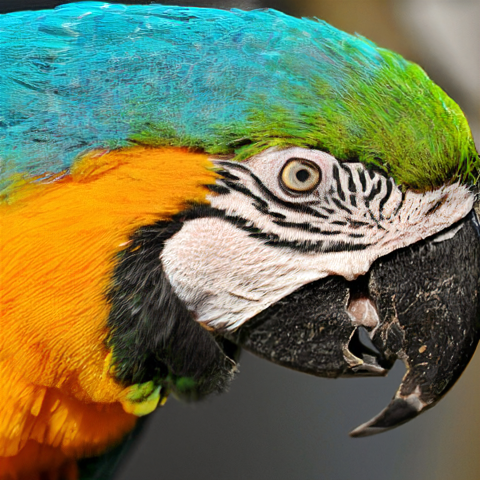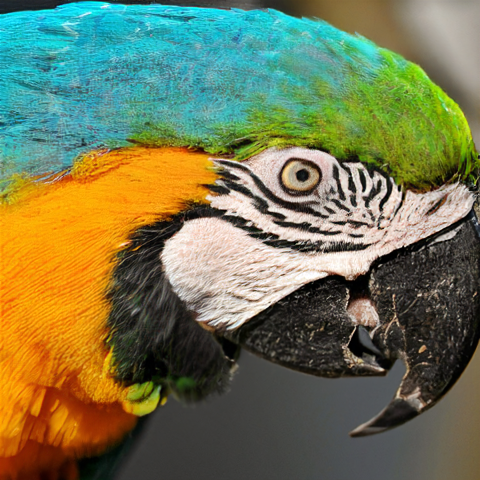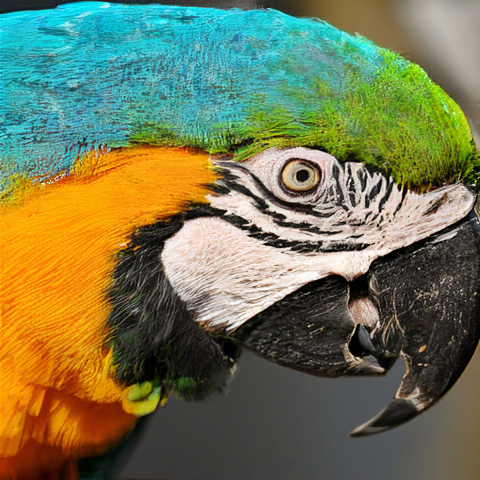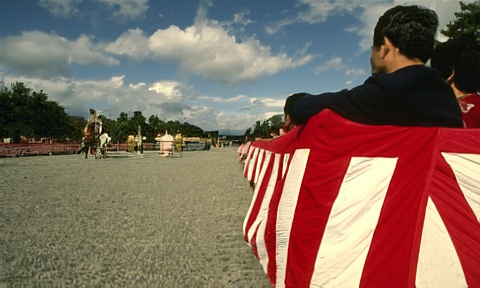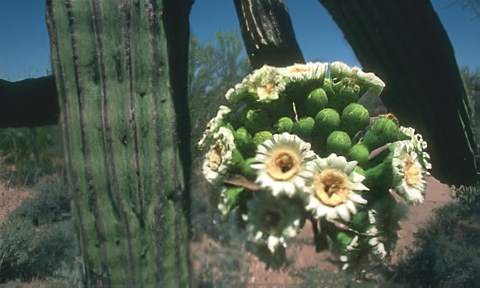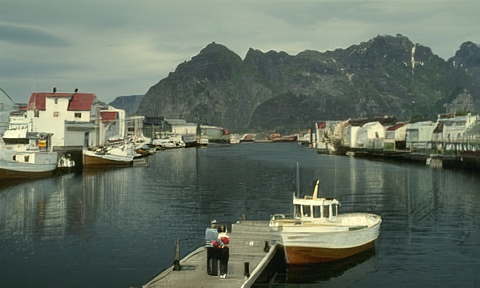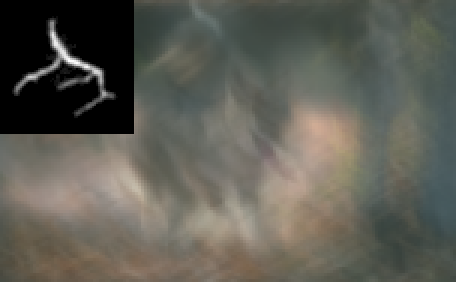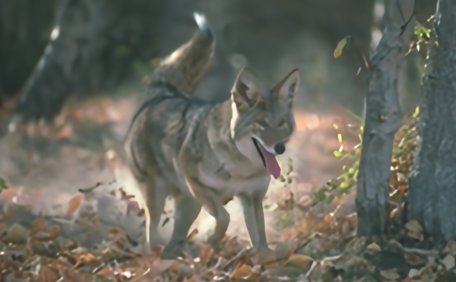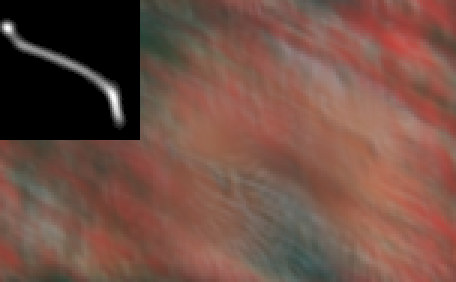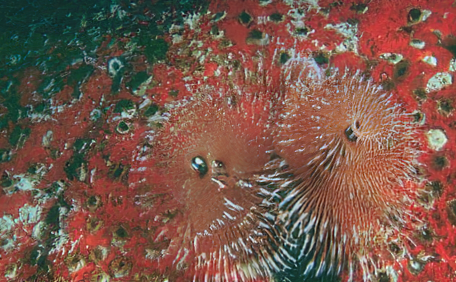cszn / Usrnet
Programming Languages
Labels
Projects that are alternatives of or similar to Usrnet
Deep unfolding network for image super-resolution
Kai Zhang, Luc Van Gool, Radu Timofte
Computer Vision Lab, ETH Zurich, Switzerland
- Classical SISR degradation model
- Motivation
- Unfolding algorithm
- Deep unfolding SR network
- Models
- Codes
- Blur kernels
- Approximated bicubic kernel under classical SR degradation model assumption
- PSNR results
- Visual results of USRNet
- Visual results of USRGAN
- Results for bicubic degradation
- Results for deblurring
- Generalizability
- Real image SR
- Citation
Classical SISR degradation model
For a scale factor of , the classical (traditional) degradation model of SISR assumes the low-resolution (LR) image
is a blurred, decimated, and noisy version of a high-resolution (HR) image
. Mathematically, it can be expressed by
where represents two-dimensional convolution of
with blur kernel
,
denotes the standard
-fold downsampler, i.e., keeping the upper-left pixel for each distinct
patch and discarding the others, and n is usually assumed to be additive, white Gaussian noise (AWGN) specified by standard deviation (or noise level)
. With a clear physical meaning, it can approximate a variety of LR images by setting proper blur kernels, scale factors and noises for an underlying HR images. In particular, it has been extensively studied in model-based methods which solve a combination of a data term and a prior term under the MAP framework. Especially noteworthy is that it turns into a special case for deblurring when
= 1.
Motivation

Learning-based single image super-resolution (SISR) methods are continuously showing superior effectiveness and efficiency over traditional model-based methods, largely due to the end-to-end training. However, different from model-based methods that can handle the SISR problem with different scale factors, blur kernels and noise levels under a unified MAP (maximum a posteriori) framework, learning-based methods (e.g., SRMD [3]) generally lack such flexibility.
[1] "Learning deep CNN denoiser prior for image restoration." CVPR, 2017.
[2] "Deep plug-and-play super-resolution for arbitrary blur kernels." CVPR, 2019.
[3] "Learning a single convolutional super-resolution network for multiple degradations." CVPR, 2018.

While the classical degradation model can result in various LR images for an HR image, with different blur kernels, scale factors and noise, the study of learning a single end-to-end trained deep model to invert all such LR images to HR image is still lacking.
This work focuses on non-blind SISR which assumes the LR image, scale factor, blur kernel and noise level are known beforehand. In fact, non-blind SISR is still an active research direction.
- First, the blur kernel and noise level can be estimated, or are known based on other information (e.g., camera setting).
- Second, users can control the preference of sharpness and smoothness by tuning the blur kernel and noise level.
- Third, non-blind SISR can be an intermediate step towards solving blind SISR.
Unfolding algorithm
By unfolding the MAP inference via a half-quadratic splitting
algorithm, a fixed number of iterations consisting of alternately solving a data subproblem and a prior subproblem
can be obtained.
#TODO
Deep unfolding SR network
We proposes an end-to-end trainable unfolding network which leverages both learning-based
methods and model-based methods.
USRNet inherits the flexibility of model-based methods to super-resolve
blurry, noisy images for different scale factors via a single model, while maintaining the advantages of learning-based methods.

The overall architecture of the proposed USRNet with 8 iterations. USRNet can flexibly handle the classical degradation
via a single model as it takes the LR image, scale factor, blur kernel and noise level as input. Specifically, USRNet consists of three main modules, including the data module D that makes HR estimation clearer, the prior module P that makes HR estimation cleaner, and the hyper-parameter module H that controls the outputs of D and P.
- Data module D: closed-form solution for the data term; contains no trainable parameters
- Prior module P: ResUNet denoiser for the prior term
- Hyper-parameter module H: MLP for the hyper-parameter; acts as a slide bar to control the outputs of D and P
Models
| Model | # iters | # params | ResUNet |
|---|---|---|---|
| USRNet | 8 | 17.02M | 64-128-256-512 |
| USRGAN | 8 | 17.02M | 64-128-256-512 |
| USRNet-tiny | 6 | 0.59M | 16-32-64-64 |
| USRGAN-tiny | 6 | 0.59M | 16-32-64-64 |
Codes
- main_test_table1.py: Code to produce the results in Table 1
- main_test_bicubic.py: Code to super-resolve LR images by bicubic degradation and produce the results in Table 2
- main_test_realapplication.py: Code to super-resolve real LR images
Blur kernels
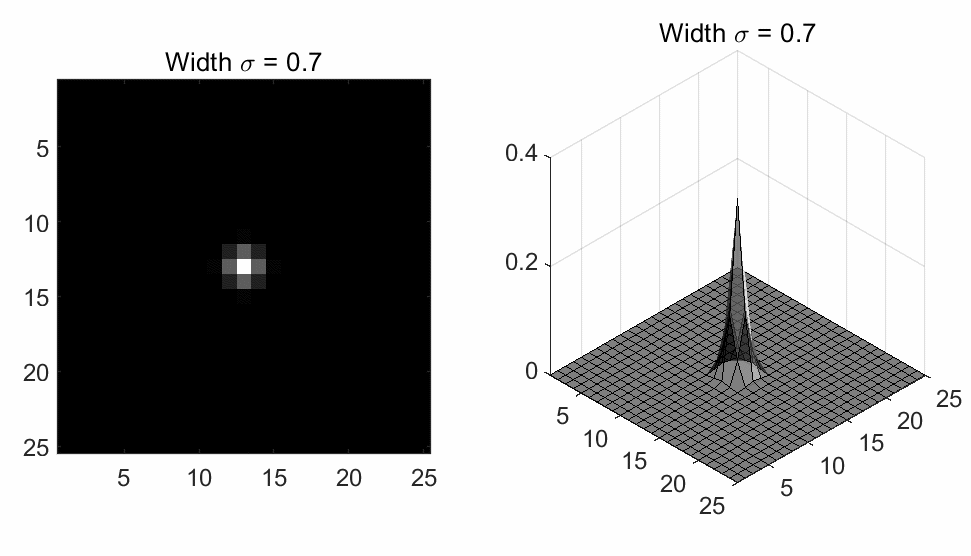 |
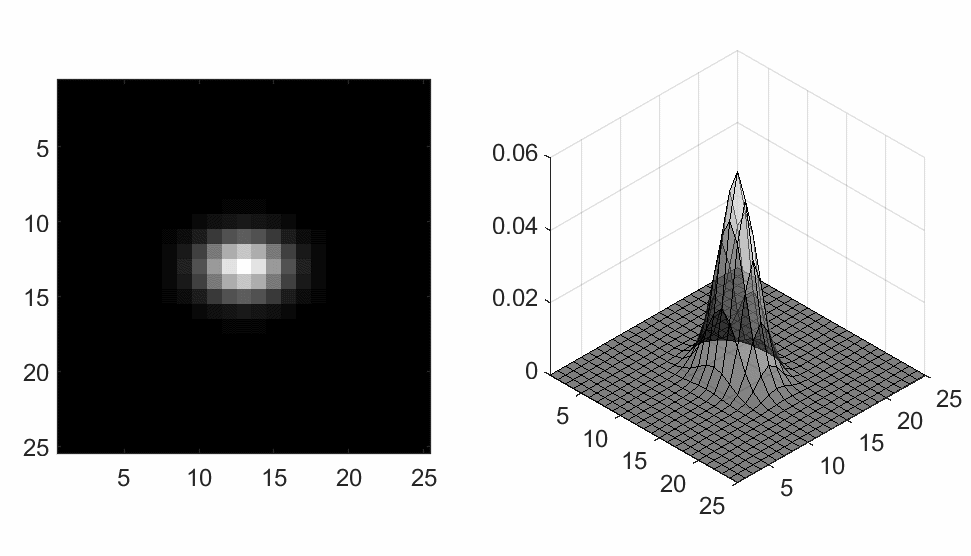 |
 |
|---|---|---|
| (a) Isotropic Gaussian kernels | (b) Anisotropic Gaussian kernels | (c) Motion blur kernels |
While it has been pointed out that anisotropic Gaussian kernels are enough for SISR task, the SISR method that can handle more complex blur kernels would be a preferred choice in real applications.
Approximated bicubic kernel under classical SR degradation model assumption
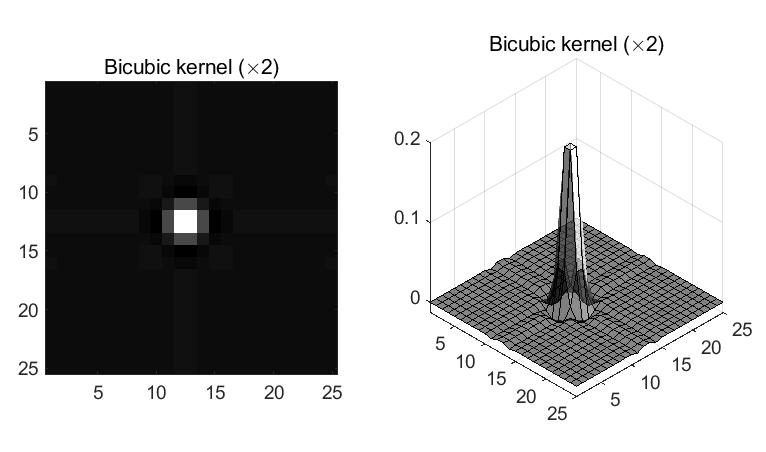 |
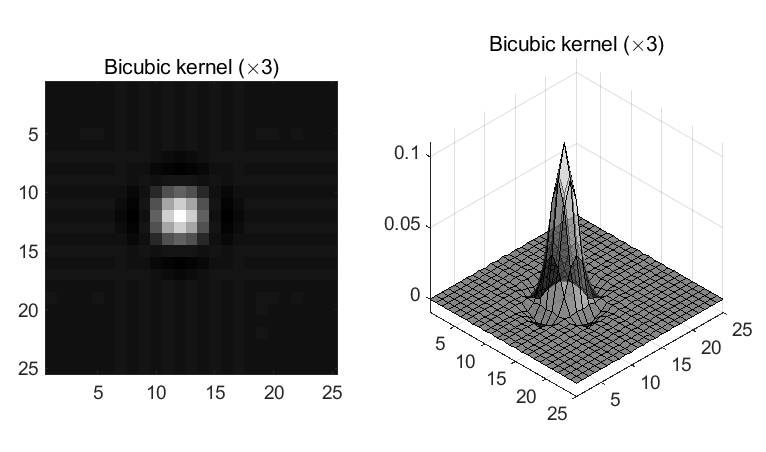 |
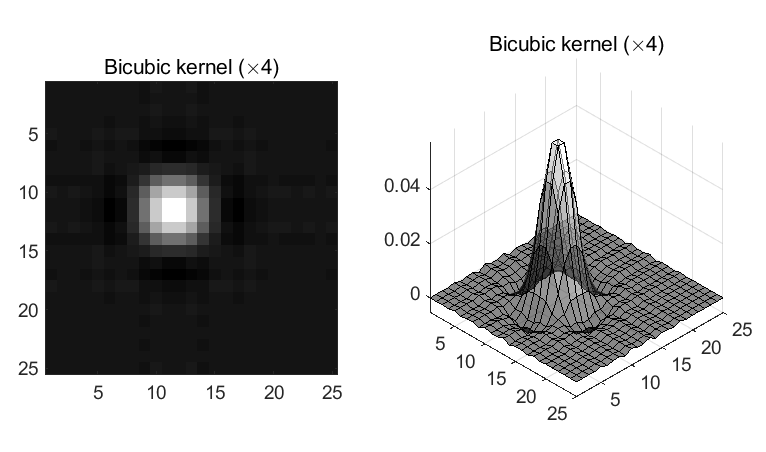 |
|---|---|---|
| (a) Bicubic kernel (x2) | (b) Bicubic kernel (x3) | (c) Bicubic kernel (x4) |
The bicubic degradation can be approximated by setting a proper blur kernel for the classical degradation. Note that the bicubic kernels contain negative values.
PSNR results
Run main_test_table1.py to produce the following results.
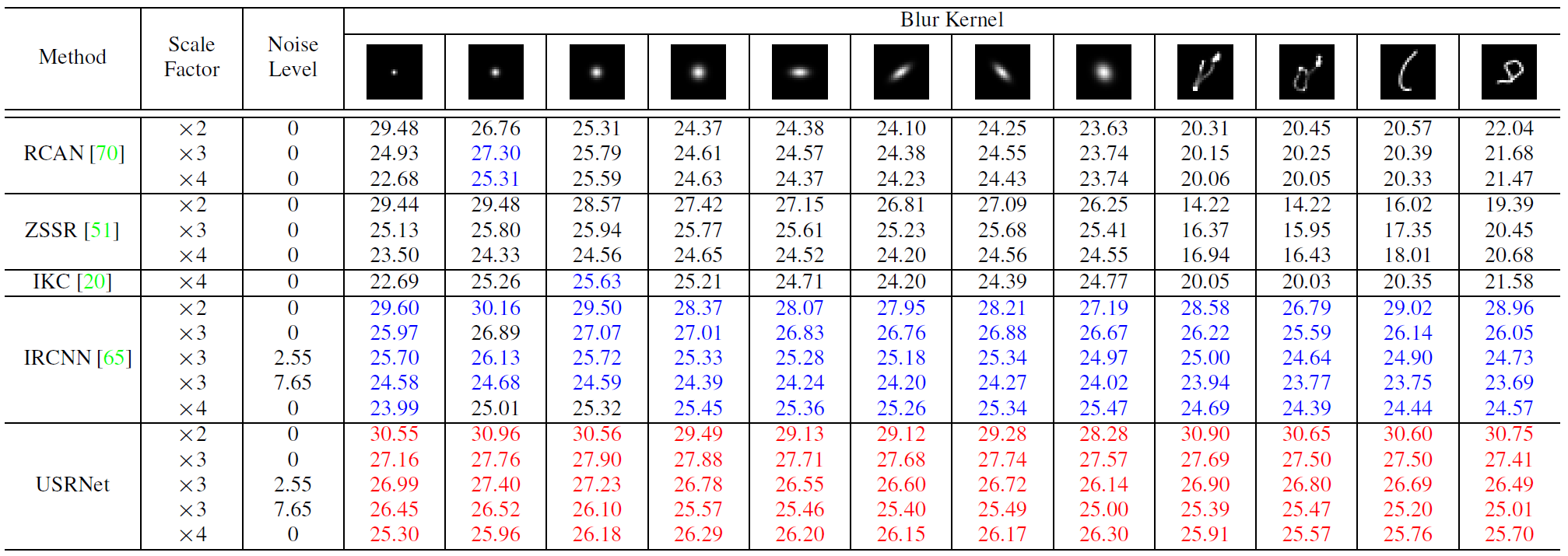 The table shows the average PSNR(dB) results of different methods for different combinations of scale factors, blur kernels and noise levels.
The table shows the average PSNR(dB) results of different methods for different combinations of scale factors, blur kernels and noise levels.
Visual results of USRNet
(a) LR images with scale factors 2, 3 and 4
(b) Results by the single USRNet model with s = 2, 3 and 4
Visual results of USRGAN
(a) LR images
(b) Results by USRGAN(x4)
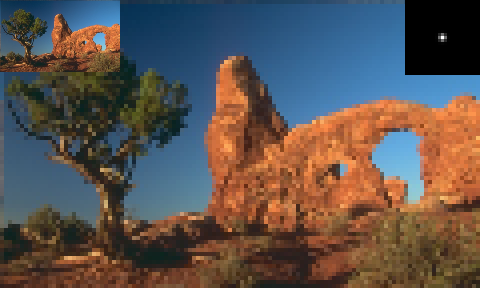 |
 |
|---|---|
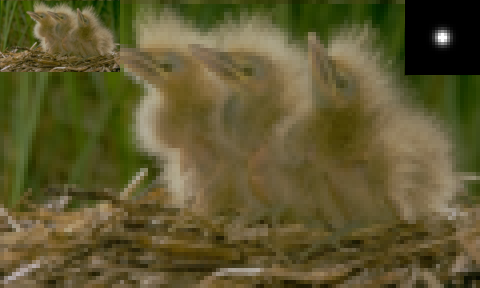 |
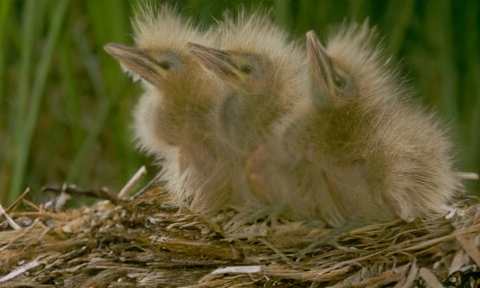 |
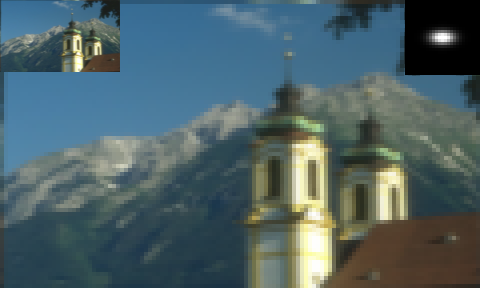 |
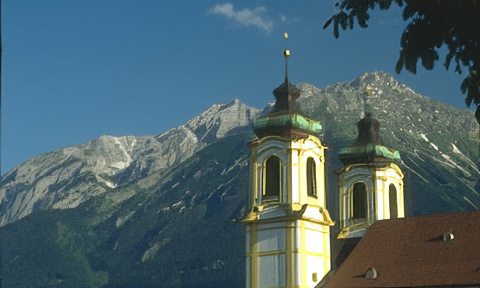 |
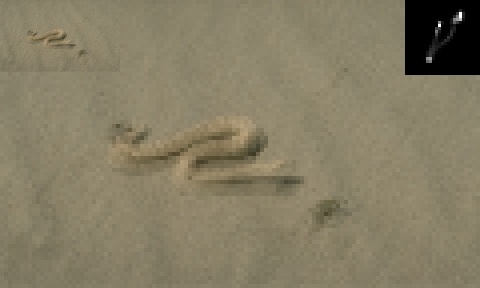 |
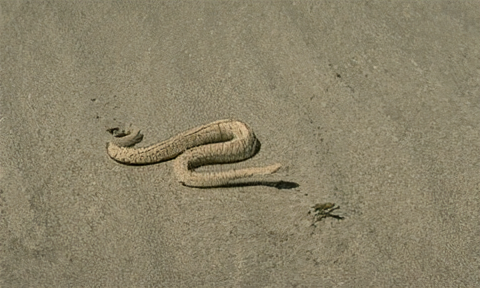 |
| (a) LR images | (b) Results by USRGAN(x4) |
Results for bicubic degradation
Run main_test_bicubic.py to produce the following results.
By taking the approximated bicubic blur kernel as input, USRNet and USRGAN achieve very promising results for bicubic degradation. Note that the bicubic kernels are not adopted in training.
- PSNR results of USRNet for bicubic degradation
| Model | Scale factor | Set5 | Set14 | BSD100 | Urban100 |
|---|---|---|---|---|---|
| x2 | 37.72 | 33.49 | 32.10 | 31.79 | |
| USRNet | x3 | 34.45 | 30.51 | 29.18 | 28.38 |
| x4 | 32.45 | 28.83 | 27.69 | 26.44 |
- Visual results of USRGAN for bicubic degradation
(a) LR images via bicubic degradation; (b) results by USRGAN(x4)
Results for deblurring
By setting the scale factor to 1, USRNet can handle deblurring problem.
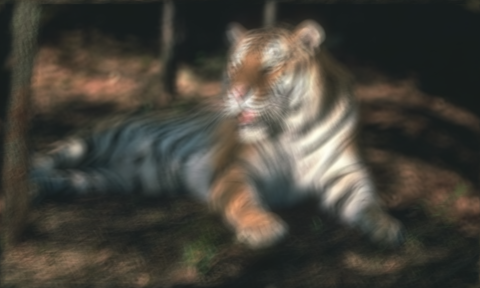 |
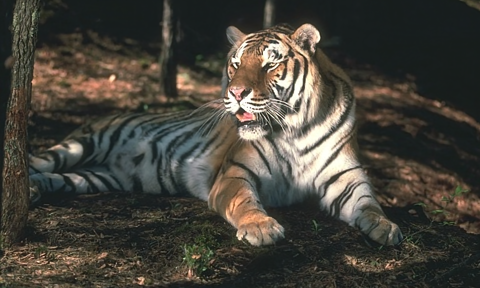 |
|---|---|
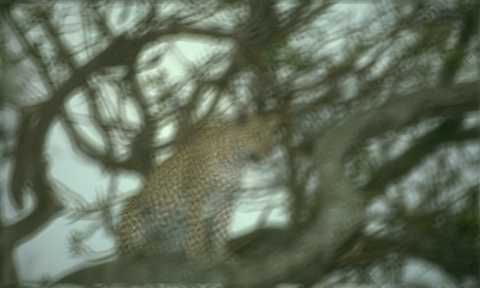 |
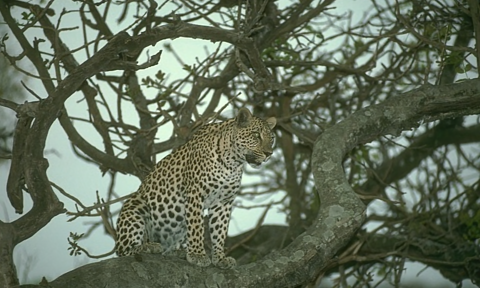 |
| (a) Blurry images | (b) Results by USRNet(x1) |
Generalizability
(a) LR image with kernel size 67x67; (b) result by USRNet(x3)
Even trained with kernel size 25x25, USRNet generalizes well to much larger kernel size.
(a) LR image with kernel size 70x70; (b) result by USRGAN(x3)
Even trained with kernel size 25x25 and scale factor 4, USRGAN generalizes well to much larger kernel size and another scale factor 3.
Real image SR
Run main_test_realapplication.py to produce the following results.
 |
 |
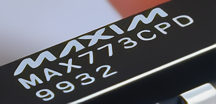 |
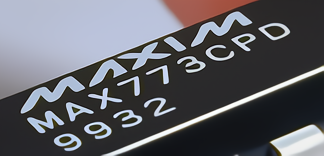 |
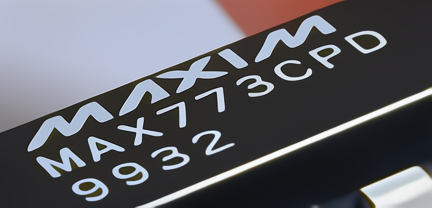 |
|---|---|---|---|---|
| LR | USRNet(x1) | USRNet(x2) | USRNet(x3) | USRNet(x4) |
The above results are obtained via a single USRNet model by setting different scale factors (x1, x2, x3, x4) and Gaussian blur kernels (with width 0.6, 0.9, 1.7, 2.2).
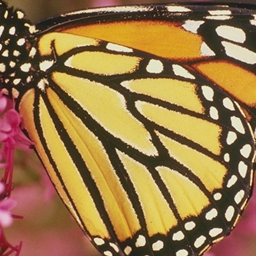 |
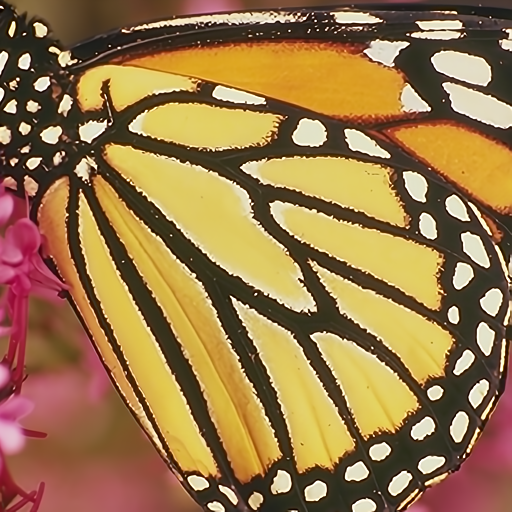 |
|---|---|
| Zoomed real LR image Butterfly, 256x256 | Result by USRNet(x2), 512x512 |
 |
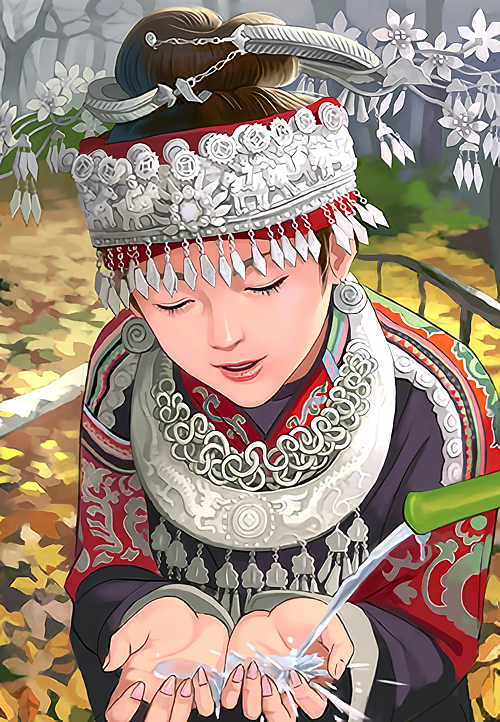 |
|---|---|
| Zoomed real LR image Comic, 250x361 | Result by USRNet(x2), 500x722 |
Citation
@inproceedings{zhang2020deep, % USRNet
title={Deep unfolding network for image super-resolution},
author={Zhang, Kai and Van Gool, Luc and Timofte, Radu},
booktitle={IEEE Conference on Computer Vision and Pattern Recognition},
pages={3217--3226},
year={2020}
}

